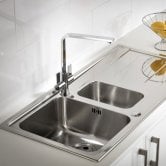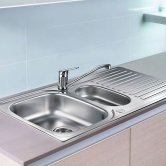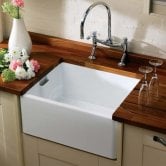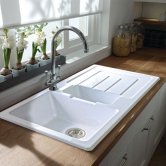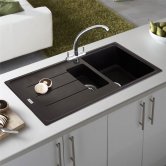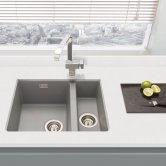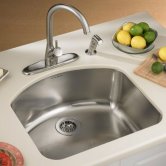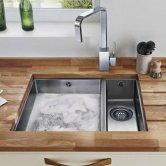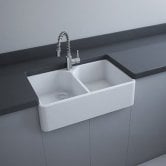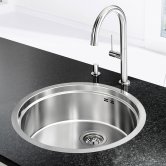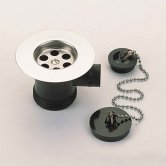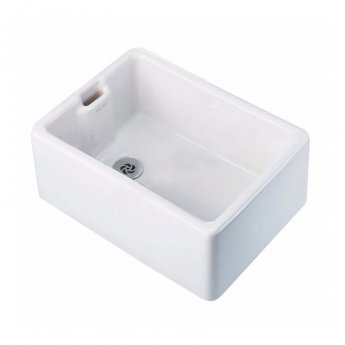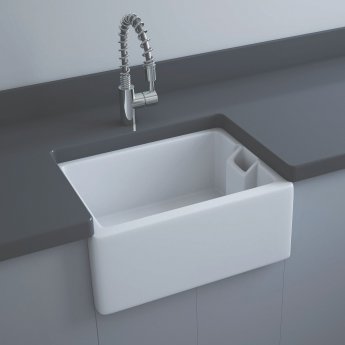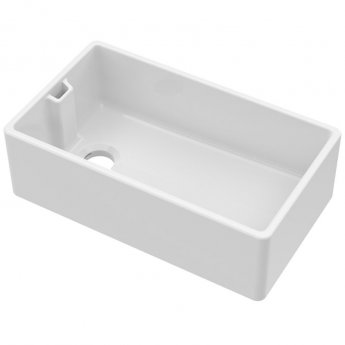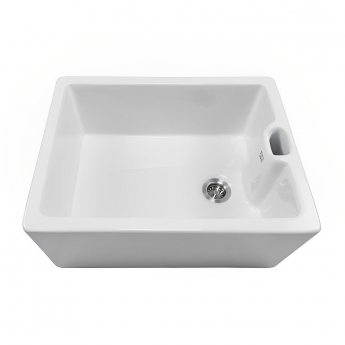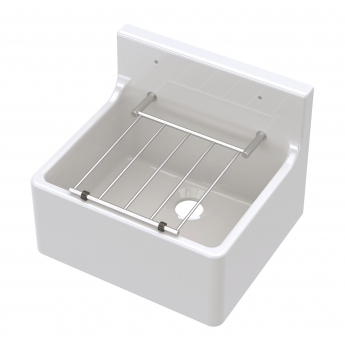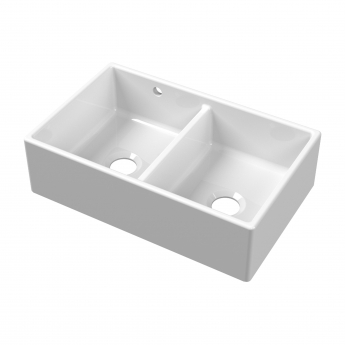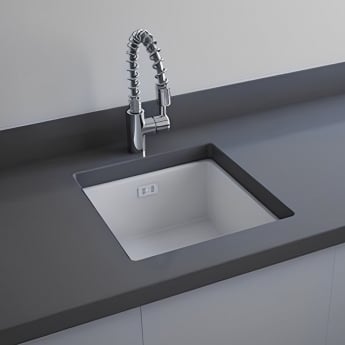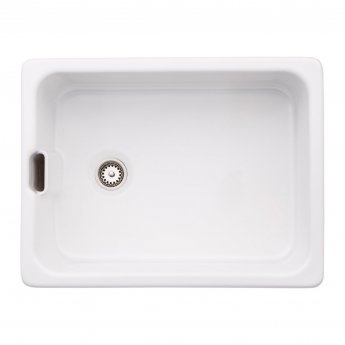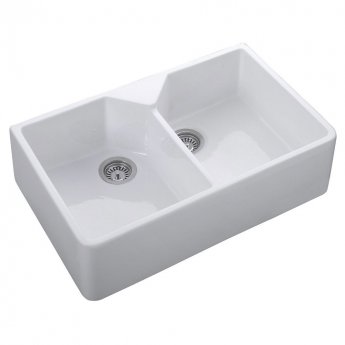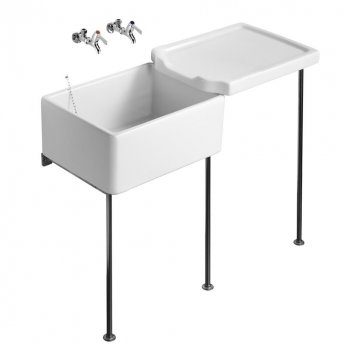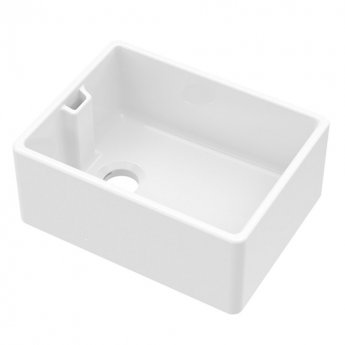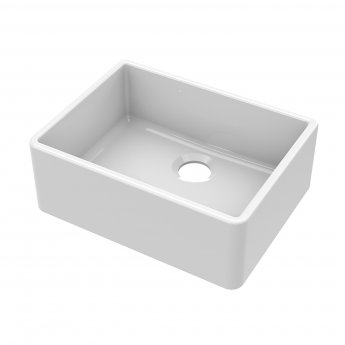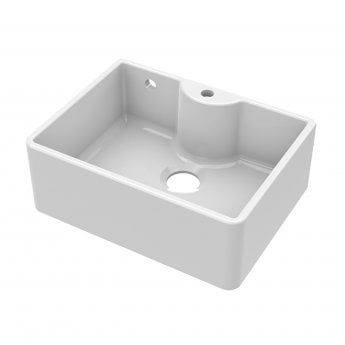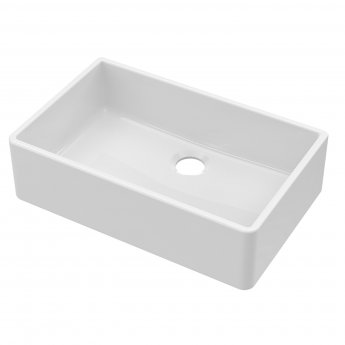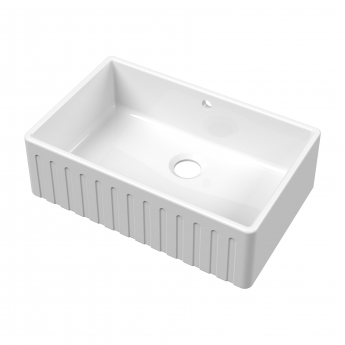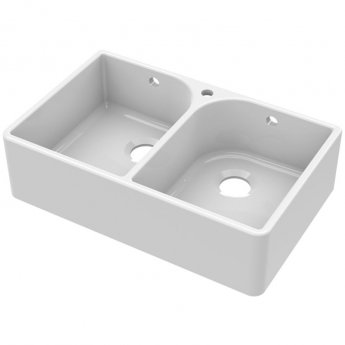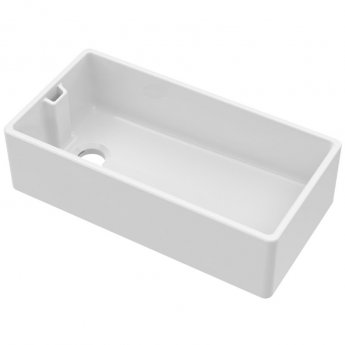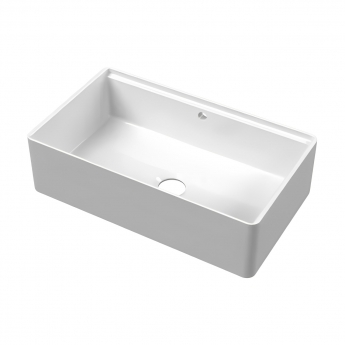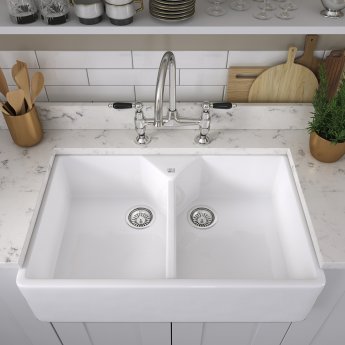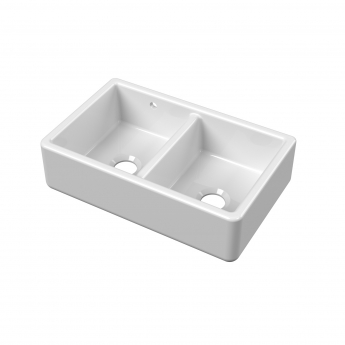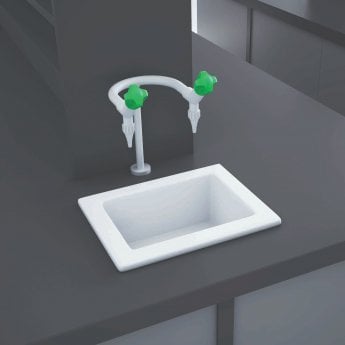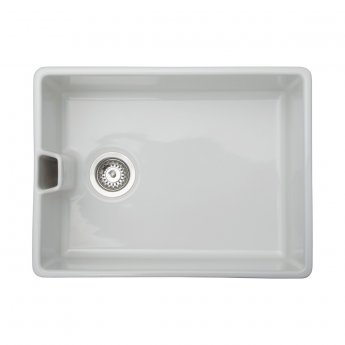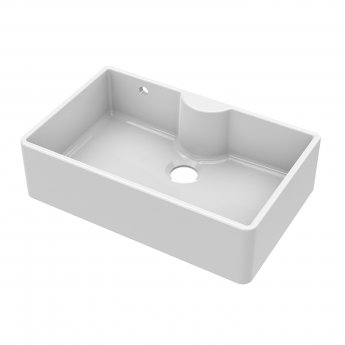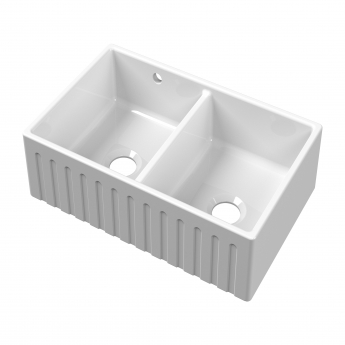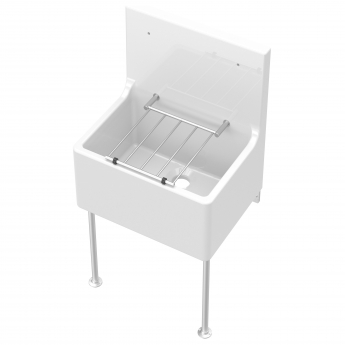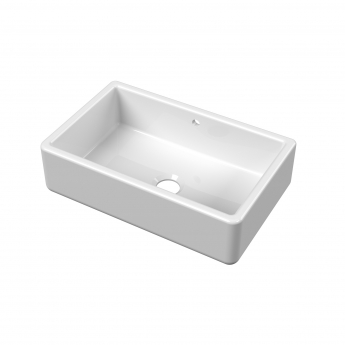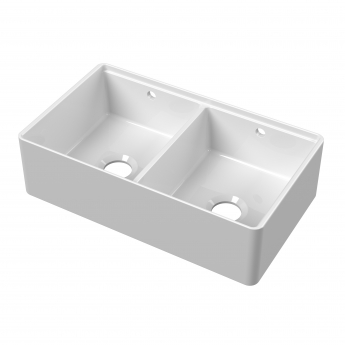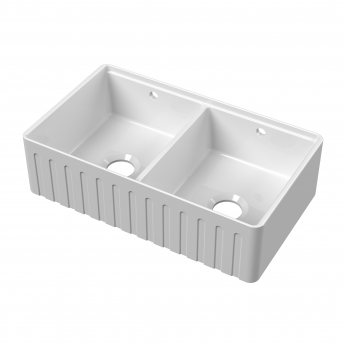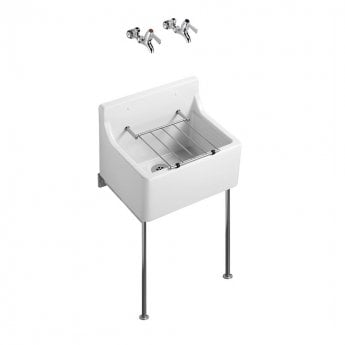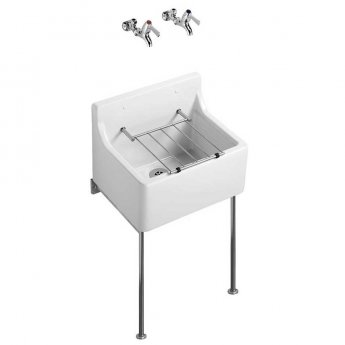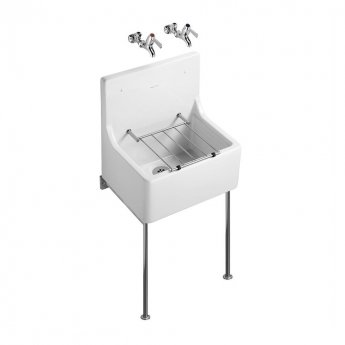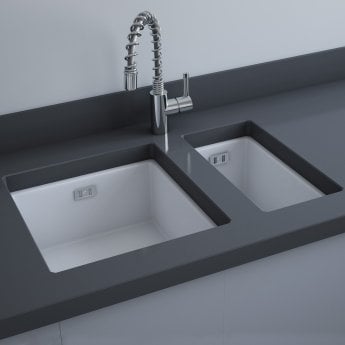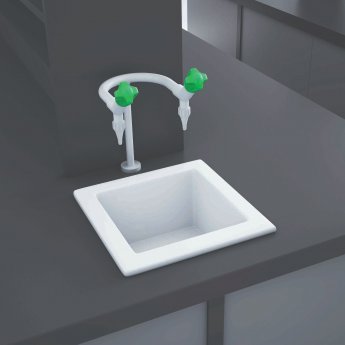Belfast Sinks
Belfast sinks have seriously made a comeback in the past few years as people look to model their kitchens in a more traditional 'farmhouse' style. Easy to clean and with plenty of space to clean the cups and dishes, the butler sink as it is also sometimes known, comes in a range of sizes to suit every need.
Our buyers have not only sourced the standard one bowl Belfast sinks but have also bagged a nice selection of two bowls for those kitchens where space is at a premium. We are fortunate to offer big brands such as Rangemaster, Twyford and RAK for you to choose from.
Filter Results
-
(1)
-
(5)
-
(34)
-
(17)
-
(2)
-
(3)
-
(1)
-
(1)
-
(1)
-
(1)
-
(50)
-
(17)
-
(15)
-
(25)
-
(1)
-
(22)
-
(4)
-
(62)
-
(3)
-
(1)
-
(1)
-
(10)
-
(6)
-
(42)
-
(2)
-
(37)
-
(10)
-
(6)
-
(3)
-
(5)
-
(3)
-
(1)
-
(2)
You are viewing 36 of 67 products
The Farmhouse Sink Explained
The timeless look of the Belfast sink has been making a significant comeback in recent years, and have become a staple of contemporary kitchens as well as in more traditional designs. There's a lot to like about the classic Belfast sink - its large square design provides a great deal of space for washing up and other tasks. The neutral white finish blends perfectly with any home aesthetic. In addition, their versatile shape means they can be installed either freestanding or built-in, and their unique manufacturing process means they are made to last.
Each of the major sink manufacturers produce a range of Belfast sinks and we're delighted to stock products from such respected names as Premier, Roca and Armitage Shanks. All of these names are known for producing top quality products and their Belfast sinks are no exception. Looking after your new Belfast sink is easy, as long as you stay away from abrasive cleaning products which can damage the surface. A Belfast sink can last a lifetime and its timeless style will never become unfashionable.
For kitchens with a higher workload, consider choosing one of our double bowl Belfast sinks, which add a modern touch to your kitchen while offering more flexibility in the way you make use of your workspace. Alternatively, you can add a freestanding Belfast sink in a utility room (appropriate, given its origins as the Butler sink) or as an extra hand-washing space. If you're looking for something more distinctly modern and sleek, we even stock them lined in stainless steel for a touch of the 21st Century.
History of Belfast Sinks
There are three popular types of sinks that have similar appearances with some slight differences and varying origins. These are the Belfast, Butler and French Farmhouse, traditionally typified as being large, single bowl sinks. The Butler sink was originally named for its popularity in the private quarters of butlers across Britain, though their stylish appearance soon saw them spread elsewhere.
There was a spike in popularity for Butler sinks during the late 1600s, when white ceramic sinks were becoming increasingly fashionable and obtainable. At the time, there was an enforced limit on water consumption in Britain and the comparatively shallow Butler sinks usually lacked overflows in an effort to save water. By contrast, Ireland's coastal cities enjoyed a plentiful supply of water, allowing them to create sinks that were deeper and featured an overflow. The resulting design was exceptionally popular, particularly in Belfast, meaning this style of sink would become associated with the city in the centuries to come, a tradition that continues into the modern day. Today, the names Belfast and Butler are used almost interchangeably, though some manufacturers still make the distinction between the deeper and shallower designs. Whatever its name, choosing a Belfast or Butler sink, especially one produced by a reputable brand, is assurance that you'll be adding a sizeable and stylish sink.
How Belfast Sinks are Made
Belfast sinks are usually made using clay or stainless steel, durable materials that ensure they will endure a lifetime of use. As such, manufacturers frequently offer a lifetime guarantee with their sinks as an assurance of their production quality. This is reflected in their price when compared to cheaper sinks but their beauty and durability make them among the best on the market. Belfast and Butler sinks have traditionally been manufactured using fireclay, a natural choice due to its resistance to both high and low temperatures. Natural fireclay is usually obtained from areas near coal mines but can also be artificially created by adding ceramic material to clay.
Making a fireclay sink is an unavoidably time-consuming endeavour but results in a unit of unmatched quality. Water is added to the clay in order to make it more malleable and then poured into a mould. The mould is left to set for a while but opened before the clay has had enough time to dry completely, allowing the maker to easily remove any imperfections with a wet sponge. The sink is then stored in a hot room to dry out further. Once the sinks have dried enough, they're coated with engobe (a special base layer that encourages the final glaze to stick to it) then a special mix designed to strengthen the unit and give it its distinctive appearance. The final step in crafting a Belfast sink is to pass it through an extremely hot tunnel kiln. Even as modern technology leads to increased automation in bathroom manufacturing, the techniques used to create Belfast sinks have hardly changed over the past century. The continued use of these traditional techniques and the extensive training required to master them mean the resulting sinks possess a timeless quality while being extremely high quality.


